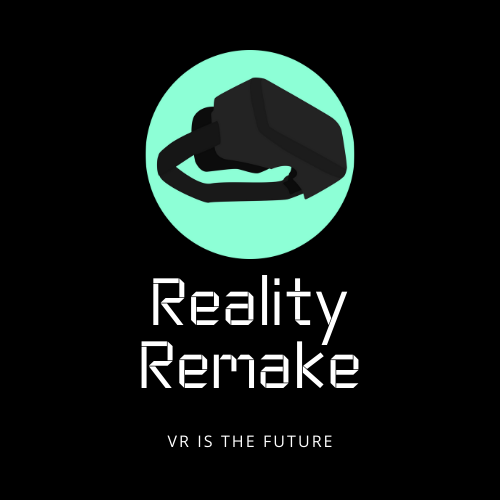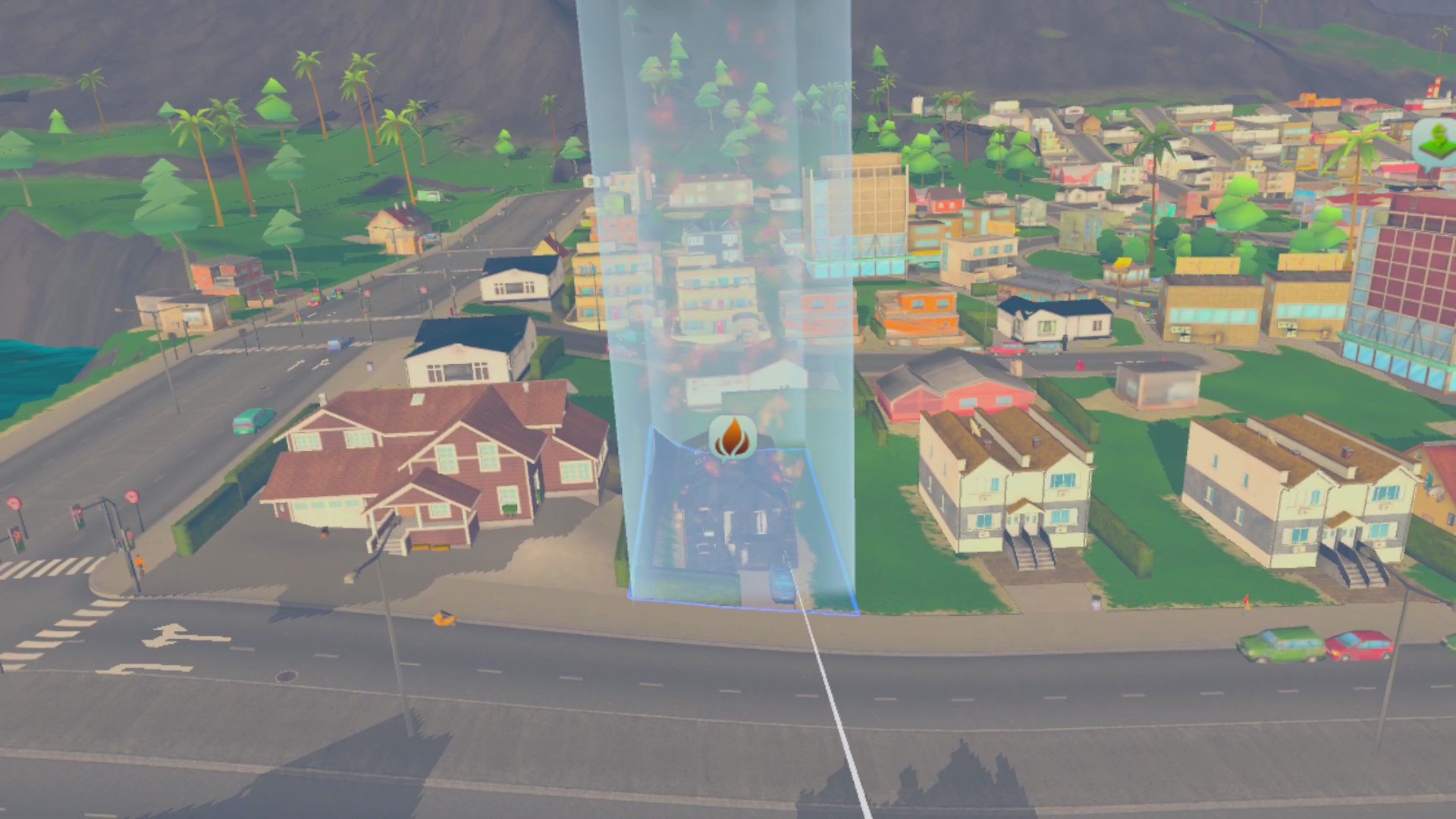6 Powerful Cities VR Tips and Tricks on the Meta Quest 2
While Cities VR isn’t the most complicated city builder in the world, it’s still deceptively easy to end up with a city that has a declining population and no money in the treasury. To avoid that, and generally make your city prosper and keep your citizens happy, use these tips and tricks.
Keep Expanding Your Services
While we have shown here at Reality Remake that it is not exactly necessary to use every service available in the game, it’s helpful to. When zoning new neighborhoods or industrial zones always keep in mind that your services will need to be expanded as your businesses and residences do. An apartment building is going to burn down if it catches fire and the nearest fire station is ten blocks away, and also services a hundred other buildings.
Whenever you build and zone a large new area, first make sure that power and water will be able to reach it once buildings begin to appear. Next go to the services menu and check that fire and police will be able to reach it. For residential areas make sure that healthcare and education are also available. Once these basic services are covered you can increase happiness even further with buildings like parks, and by expanding bus routes.
Take Your Time
Of course these service buildings cost money. If citizens aren’t happy then they will leave your city. To make sure that they stay (and pay taxes) make sure you have some money saved up to build those buildings.
It’s not a bad idea to take your time in Cities VR, and just fly through your city in between building sprees. Not only for your enjoyment of the game, but also so that you can build up some cash reserves before creating a new neighborhood, or modifying an existing one.
It’s also not a bad idea to play on the fastest speed, to avoid having to spend a lot of time waiting for cash to accumulate. Just make sure that your city’s income is in the green, otherwise you might find yourself bankrupt.
Tax as Much as Possible
To avoid bankruptcy you’re going to want as much income as possible, to cover the cost of all of the services you provide to your citizens. This can be done through the taxation menu. A good rule of thumb for most zones is that they can handle around 12% taxes, if your citizens’ needs are all properly covered.
Of course you can always play around with this, and try to see how long you can get away with more taxes, before people start getting fed up and leaving. Different zones have different levels of tolerance for taxes, so see how many percentage points you can squeeze out of your city, so that you can expand it as quickly as possible.
Keep Pollution Away from People
Your citizens in Cities VR, just like real people, do not like noise and they don’t like industrial waste. If they are exposed to too much of either then they’re going to need an ambulance to take care of them. This not only makes your citizenry less happy, but increases the strain on your city’s healthcare system. That means more money and space needs to be used on clinics and hospitals.
Fortunately it’s pretty easy to avoid allowing noise and ground pollution to harm your citizens, as they are produced by industrial buildings and industrial zones. This means that it is beneficial to create industrial areas in your city that house buildings such as power plants and water treatment facilities, while also being surrounded by areas zoned for industry.
Where the industry ends just place some commercial or office zones to act as a buffer between your industrial and residential areas. Commercial buildings don’t take any penalties from industry, and residential zones benefit from having them nearby.
Get Ahead of the Traffic Problem
If you don’t start thinking about traffic early, then you’re going to have to use a lot of money and time to deal with a huge traffic problem at around 3500 citizens or so. There are a few simple things to keep in mind that will make dealing with traffic much easier in the long run.
All traffic will flow better with more lanes. Put down four lane roads as soon as you can, and upgrade them to six lane roads as needed. This is because four and six lane roads are the same width. When you inevitably need to increase the size of your roads to six lanes then you won’t have to remove existing buildings and completely change the layout of your neighborhoods, if you already have four lanes.
Also make sure that your entrance and exits to the freeway are very easy for vehicles to access, with a minimum of buildings in front of them. Vehicles coming into and out of your city naturally increase in volume as your population and infrastructure does. If you have a ton of buildings in front of the freeway that also produce traffic then huge traffic jams will naturally follow.
Power plants in particular create traffic through the fuel trucks that constantly need to access them, in order to keep the generators running. Make sure you don’t keep those sorts of buildings right in front of your freeway entrance and exits, but also keep them close enough so that your trucks don’t have to travel across half of your city to reach them, creating more traffic.
Dealing with traffic in Cities VR could fill an entire article of its own, but these tips should cut down on your traffic headaches immensely. Most of all try to always keep traffic in mind, and check the traffic map often.
Avoid Neck Strain
This last tip is less related to the game and more related to yourself. Avoiding neck and arm strain is important for all Virtual Reality experiences, but can be particularly bad in Cities VR, depending on how you play.
The game naturally encourages you to look downwards on your city. Since this is Virtual Reality you will need to physically crane your neck downwards to get a good look at what is happening. Doing this for long periods of time can give you neck strain, especially with the added weight of an Oculus Quest 2.
This can be mitigated by taking breaks from the game (but who wants to do that?) So instead make better use of the camera controls and look at your city more horizontally from time to time. It’s also pretty fun to fly through the buildings.
Hopefully these tips and tricks will help you enjoy the virtual metropolises you build in Cities VR, and keep your people prospering. Have fun out there.










